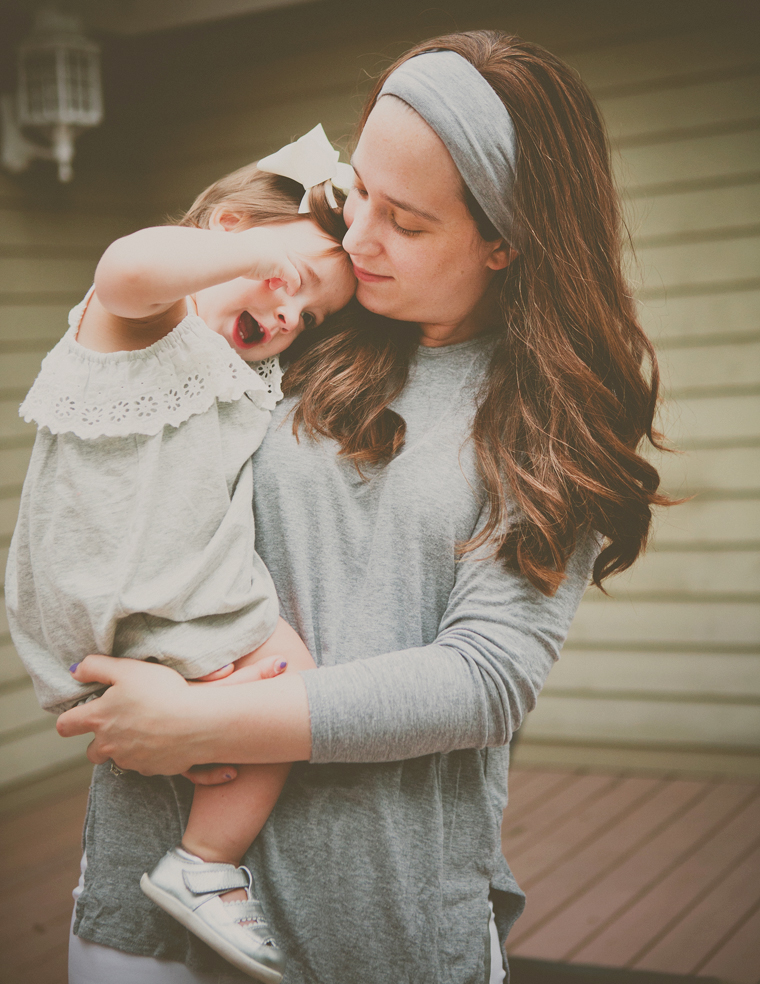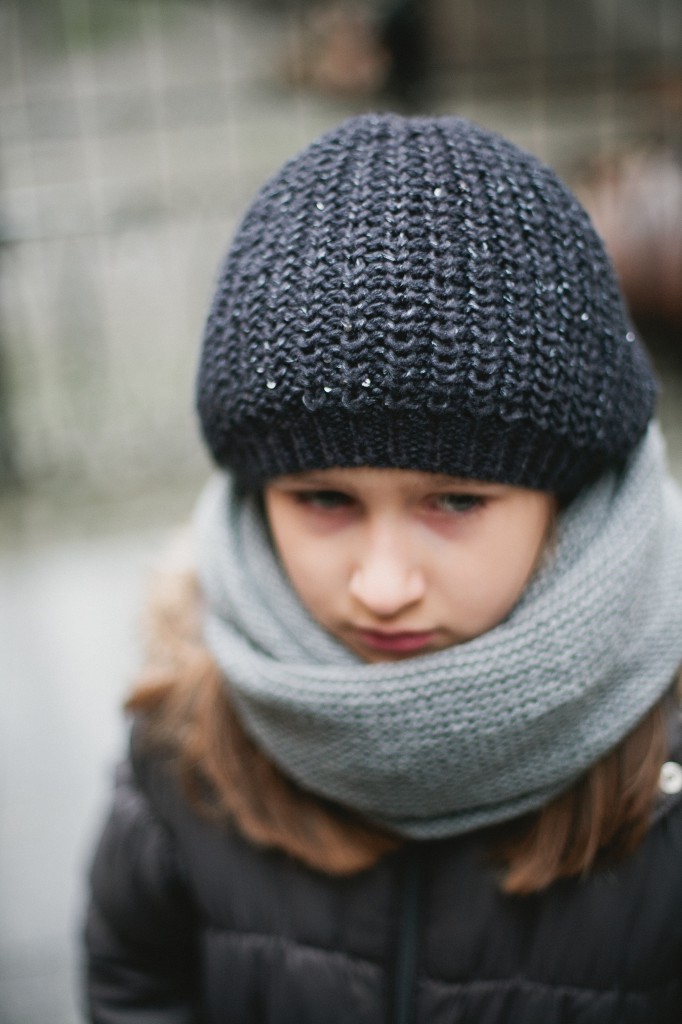“As Andre Marchand says, after Klee: “In a forest, I have felt many times over that it was not I who looked at the forest. Some days I felt that the trees were looking at me, were speaking to me …. I was there, listening …. “ [1]
All images above © MONIKA SOSNOWSKI 2015
“Let us therefore consider ourselves installed among the multitude of things, living beings, symbols, instruments, and men, and let us try to form notions that would enable us to comprehend what happens to us there. Our first truth — which prejudges nothing and cannot be contested— will be that there is presence, that “something” is there, and that “someone” is there. Before coming to the “someone,” let us ask first what the “something” is.” [2]
The fragmented narrative – my subject matter – for a long time evoked a fragility. Missing pieces. Incompleteness. Less then.
But what if the fragmented narrative is a way out? What if it protects more than exposes? Like a secret language, a code even, it points to the true meaning of what one so desperately is looking for.
Thus a point of strength and new found freedom.
Trusting yourself to the process, letting go of interpretation, letting go of all preconceived notions, tossing out the status quo.
“The invisible of the visible.”* [3]
Quote sources:
1. Maurice Merleau-Ponty, The Visible and The Invisible, NorthWestern University Press, 1968
2. Maurice Merleau-Ponty, “Eye and Mind.”
3. Maurice Merleau-Ponty, The Visible and The Invisible (from May 1960 Working notes), NorthWestern University Press, 1968

















.jpg)
.jpg)
.jpg)
.jpg)
.jpg)
.jpg)
.jpg)
.jpg)
.jpg)
.jpg)
.jpg)
.jpg)
.jpg)
.jpg)
.jpg)
.jpg)
.jpg)
.jpg)
.jpg)
.jpg)
.jpg)
.jpg)
.jpg)
.jpg)

.jpg)
.jpg)
.jpg)
.jpg)
.jpg)
.jpg)
.jpg)
.jpg)

.jpg)
.jpg)
.jpg)
.jpg)
.jpg)
.jpg)
.jpg)
.jpg)
.jpg)
.jpg)
.jpg)
.jpg)
.jpg)
.jpg)
.jpg)



.jpg)
.jpg)




.jpg)











